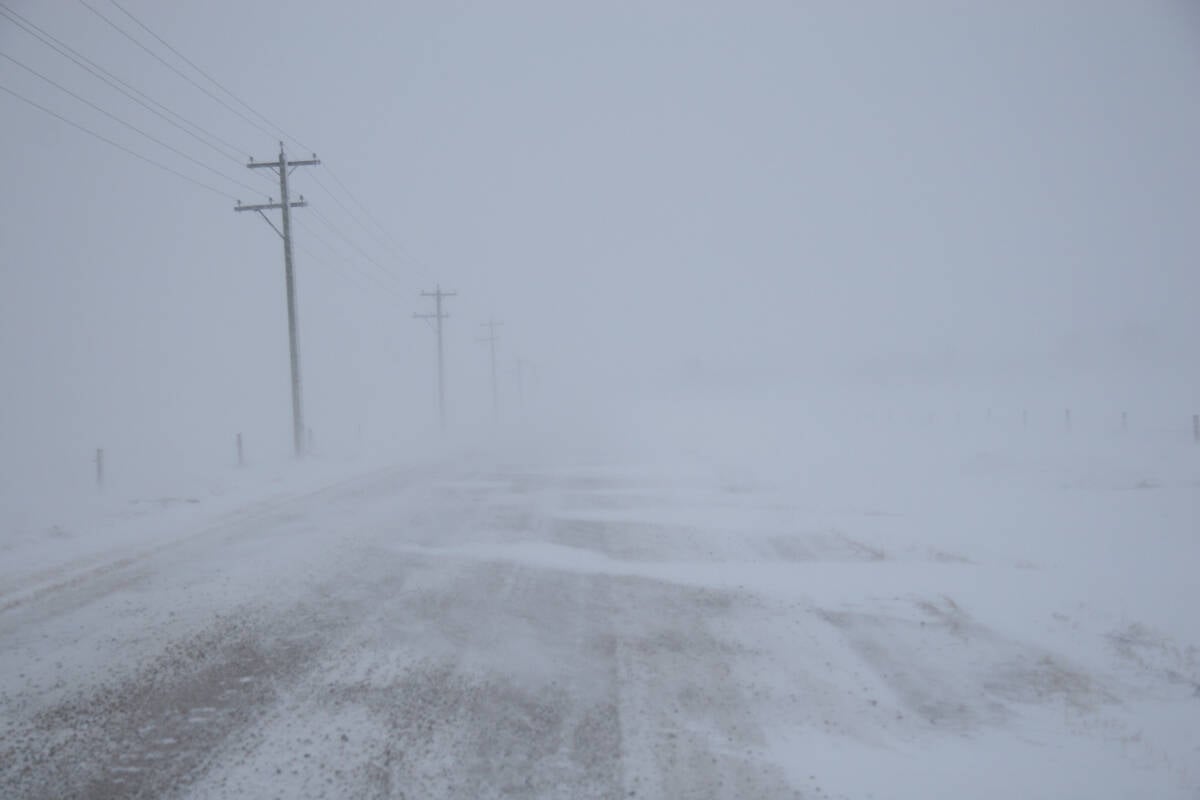The Alberta Livestock and Meat Agency is providing $8 million for feed grain research and product development.
“This is the number one input going into livestock and we need to deal with it,” said Gordon Cove, chief executive officer for ALMA.
Projects are expected to include breeding feed varieties for specific livestock types, making better use of feed grain and looking into links between feed and animal nutrition.
This is new money and it is available now, said Cove in an interview after the Dec. 9 announcement.
Read Also

Volatile temperatures expected for this winter
DTN is forecasting a lot of temperature variability in the Canadian Prairies this winter. Precipitation should be close to average.
Forage studies may be the next logical step for funding, he said.
Barley is the most common feed grain in Alberta.
In 2009, Alberta seeded four million acres of barley and three million were harvested for grain. The rest was cut for silage. The average yield was 56. 2 bushels per acre.
More than half was seeded to malting varieties but less than half was actually selected for brewing, said Mike Leslie, manager of the Alberta Barley Commission.
Across Canada, nine million acres were seeded with 38 percent being feed varieties. This is down from the usual 11 million acres. The decline was mostly because other more profitable crops were available.















